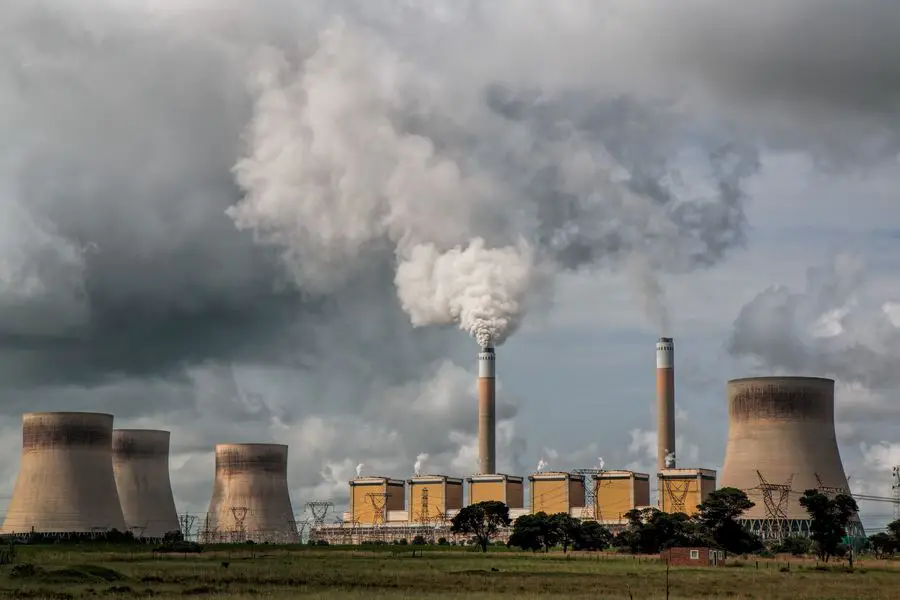The principles of sustainability include a holistic approach that applies to individuals, organizations, and the broader environmental context.
Sustainability is a broad term that signifies the capacity to fulfil present needs without compromising the prospects of future generations to satisfy their own. This concept is rooted in environmental, economic, and social aspects; they all work together, supporting sustainability like the legs of a stool.
The environmental perspective of sustainability emphasizes the imperative to protect the environment, ensuring its longevity and health. On the other hand, economic sustainability is the careful use of financial resources. Social sustainability, the final leg, underlines the requirement of societies to promote equity and social justice.
Main Takeaways
- Sustainability ensures current needs are met without harming future generations’ ability to meet theirs.
- Built on three interconnected pillars: environmental, economic, and social.
- Environmental sustainability focuses on reducing pollution, conserving resources, and protecting biodiversity.
- Economic sustainability balances growth with minimal environmental and social impact.
- Social sustainability promotes equitable access to clean water, food, and healthcare.
- Intergenerational responsibility requires current actions to preserve resources for future generations.
- Education is critical for fostering sustainable practices and environmental stewardship.

Principles of Sustainability – The 3 Pillars
Ecological integrity is a cornerstone of sustainable development. It emphasizes preserving and restoring natural systems to maintain biodiversity and ecosystem health. The preservation of these systems provides the foundation for life, guaranteeing that ecosystems remain functional and resilient.
The protection of biodiversity increases the capacity of natural systems to resist environmental stresses such as climate change. It acts as a buffer, promoting stability and adaptability.
Responsible resource management is the main aspect of ecological integrity safeguarding.
The Main Aspects of Environmental Sustainability
Air Pollution
Air pollution has escalated into a global health crisis. According to the World Health Organization, air pollution has emerged as the most significant environmental health risk worldwide, contributing to an estimated 3.7 million premature deaths yearly. Emissions from vehicles, power plants, factories, and agricultural activities primarily contribute to outdoor air pollution.
Water and Soil Pollution
Water pollution, which has intensified over the years, occurs when pollutants are discharged into water bodies such as lakes, oceans, and rivers. The primary sources of water pollution include municipal wastewater, agricultural runoff, and industrial effluents. These pollutants pose severe threats to environmental and public health.
Plant Life
Climate change significantly impacts the Earth’s plant life. While some plant species struggle to survive in their traditional habitats, others thrive in new environments. Moreover, climate change triggers alterations in the timing of plant life cycles and the global distribution of plant species.
Wildlife
The world is witnessing a staggering loss of wildlife and plant species, leading to a threatening reduction in biodiversity that jeopardizes our natural ecosystems. The principal cause is habitat loss, driven by escalating human populations and their increasing demand for land, food, water, and other resources.
Wildlife habitat loss remains a significant threat to various species and is the primary cause of extinction. Numerous factors, such as deforestation, urban development, pollution, and climate change, contribute to habitat loss.

Economic Sustainability
Economic efficiency is vital to achieving growth with minimal environmental impact in sustainability. This concept emphasizes cost-benefit analysis and resource optimization strategies to balance economic expansion with ecological preservation.
Economic sustainability involves implementing strategies that enable a company or nation to generate profits without compromising environmental, social, or cultural aspects. Presently, only a few businesses align with the principles of economic sustainability, despite widespread acknowledgement that green companies form an integral component of a sustainable world.
A sustainable future envisions a humanity that thrives without causing harm or depleting natural resources. Thus, ensuring economic sustainability is imperative. However, it cannot be achieved in isolation and must be considered alongside social and ecological sustainability.
The social dimension of sustainability underscores the necessity to foster equitable and just societies.

Social Sustainability
Social sustainability represents the ability of individuals, communities, and societies to interact consistently and integrate with their natural and economic environments in ways that allow equitable and just outcomes for everyone.
Over recent years, social sustainability has become a framework for understanding human-environment interactions. An expanding body of research highlights that social factors, including income inequality, race, and ethnicity, can influence environmental outcomes.
Addressing the broader implications of sustainability requires exploring social equity. Social equity endeavours to forge a just society, guaranteeing that all individuals, irrespective of their background, have equal access to fundamental needs such as clean water, food, shelter, healthcare, and education.
Inclusive decision-making processes are essential in promoting social equity. Empowering marginalized communities to participate actively in governance and policy-making guarantees that diverse voices are heard and considered.

Definition of Sustainable Development
Sustainable development applies across various sectors, including water, health, power and energy, agriculture, and biodiversity.
On September 25, 2015, the United Nations unveiled the 17 Sustainable Development Goals (SDGs) to transform our world. These goals constitute a universal call to action aimed at eradicating poverty, enhancing education quality, promoting affordable and clean energy, protecting the planet, and ensuring peace and prosperity for all. These goals were recognized as interconnected and inseparable and demanded a comprehensive approach. They are ambitious but attainable, necessitating concerted efforts from governments, businesses, civil society, and individuals worldwide.
Intergenerational Responsibility
At the heart of sustainable development lies the principle of intergenerational responsibility. Present generations must manage resources wisely for the benefit of future ones. This principle is fundamentally rooted in intergenerational equity, and today’s decisions should preserve the ecological integrity and social equity necessary for future generations to thrive.
Sustainable resource management is central to this effort, requiring current populations to engage in practices that conserve biodiversity and protect natural habitats.
Educating current generations about sustainability principles is critical for empowering future generations. Through effective education, individuals understand ecological balance and the importance of environmental stewardship, enabling them to make informed decisions that preserve resources for their successors.
Conclusions
Sustainability, a misunderstood or narrowly defined concept, represents a three-pronged approach addressing environmental, social, and economic dimensions. Like the three legs of a stool, each facet is critical and mutually reinforcing.
Environmental sustainability is a widely recognized pillar that focuses on conserving and enhancing our planet’s health. It champions judicious resource utilization and emphasizes reducing air, water, and soil pollution, protecting plant life, and safeguarding biodiversity.
Social sustainability, though an emerging field, is vital in realizing sustainable development. It demands the creation of equitable societies that ensure everyone has access to the necessary resources for a fulfilling life.
Economic sustainability requires corporations and nations to realize profits without compromising on the environmental, social, and cultural fronts. It envisages a future where economic progress comes at a cost other than our natural resources or social equity.



